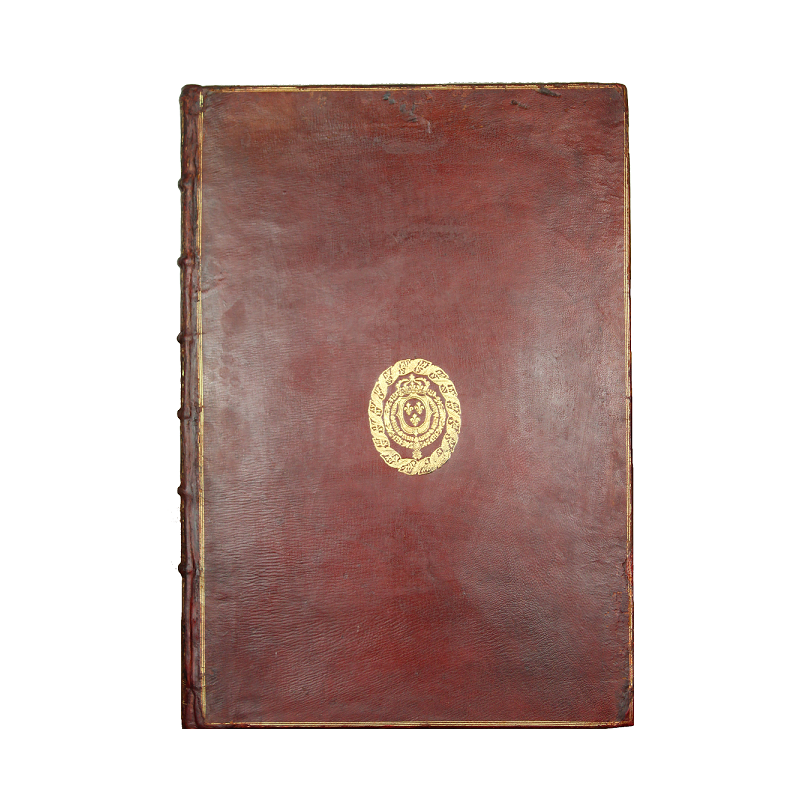













The Animal Kingdom by Linnaeus
"Animal kingdom of Linnaeus"
1 large folio volume in red morocco.
Back with nerves decorated with 6 boxes with the royal arms, triple nets on the boards with the royal arms. 51 pp. Some traces of wetting without gravity. Does not have a title page.
Carl Linnæus, then Carl von Linné after his ennoblement, born May 23, 1707 in Råshult and died January 10, 1778 in Uppsala, is a Swedish naturalist who laid the foundations of the modern system of binomial nomenclature. Considering that scientific knowledge requires naming things, he systematically listed, named and classified most of the living species known in his time, based on his observations as well as those of his network of correspondents. The hierarchy of classifications that he puts forward imposed itself in the nineteenth century as the standard nomenclature.
In 1735, Carl von Linné (1707-1778) published the first attempt at a systematic classification of the three kingdoms mineral, plant and animal. Its System of Nature divides animals into six groups (quadrupeds, birds, amphibians, fish, insects, worms), determined according to specific organs: teeth, beak, fins or wings. The tenth edition, from 1758, generalizes the binomial nomenclature system with a double Latin name, generic and specific, for each species. Linnaeus's ambition is to impose a rational and universal descriptive principle, valid for plants as well as for animals and minerals. It takes sexual characteristics as criteria of determination. Hunting for specimens is developing. Linnaeus sent collaborators to regions still unexplored by naturalists to complete this inventory. He does not care to illustrate his system, but other naturalists are doing it, such as the owner of this copy. He drew pictures of the insects he could identify, being careful to point out its sources.
